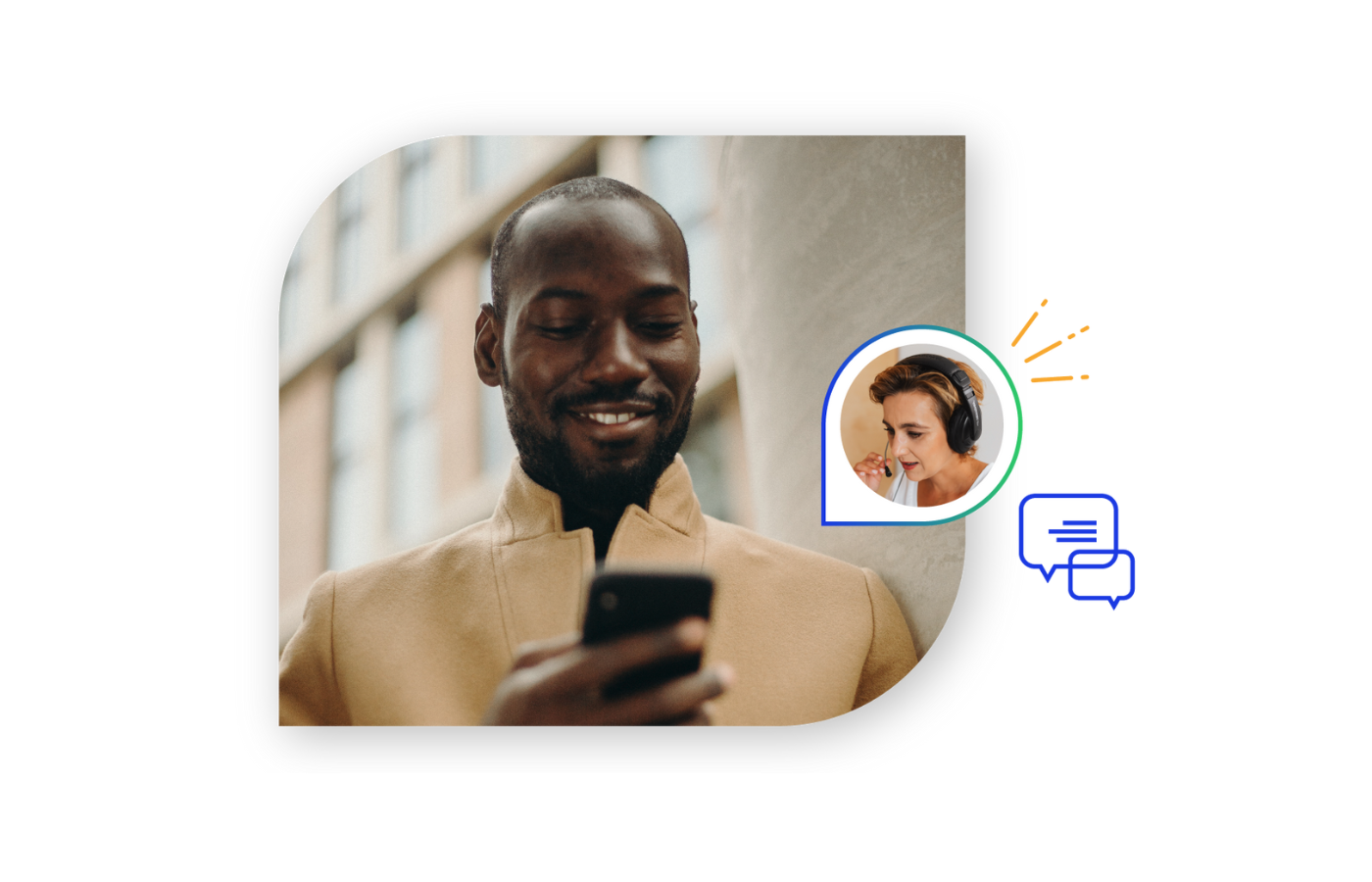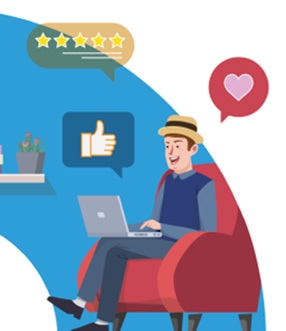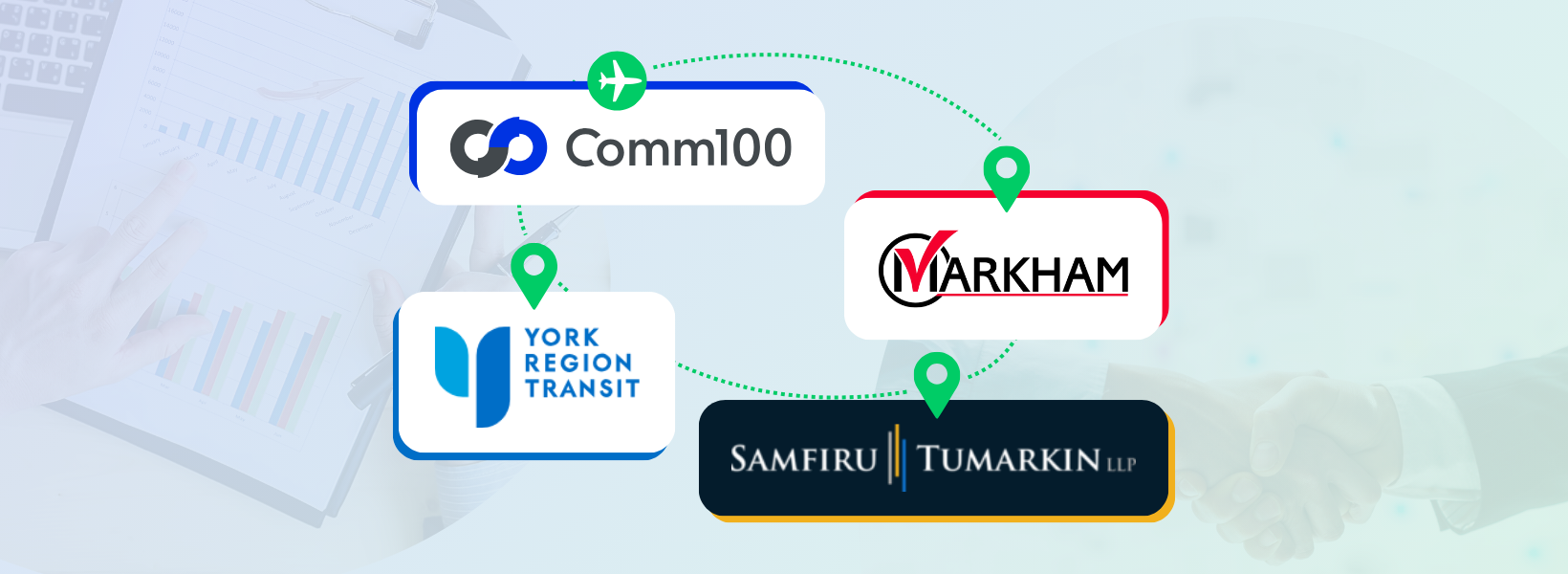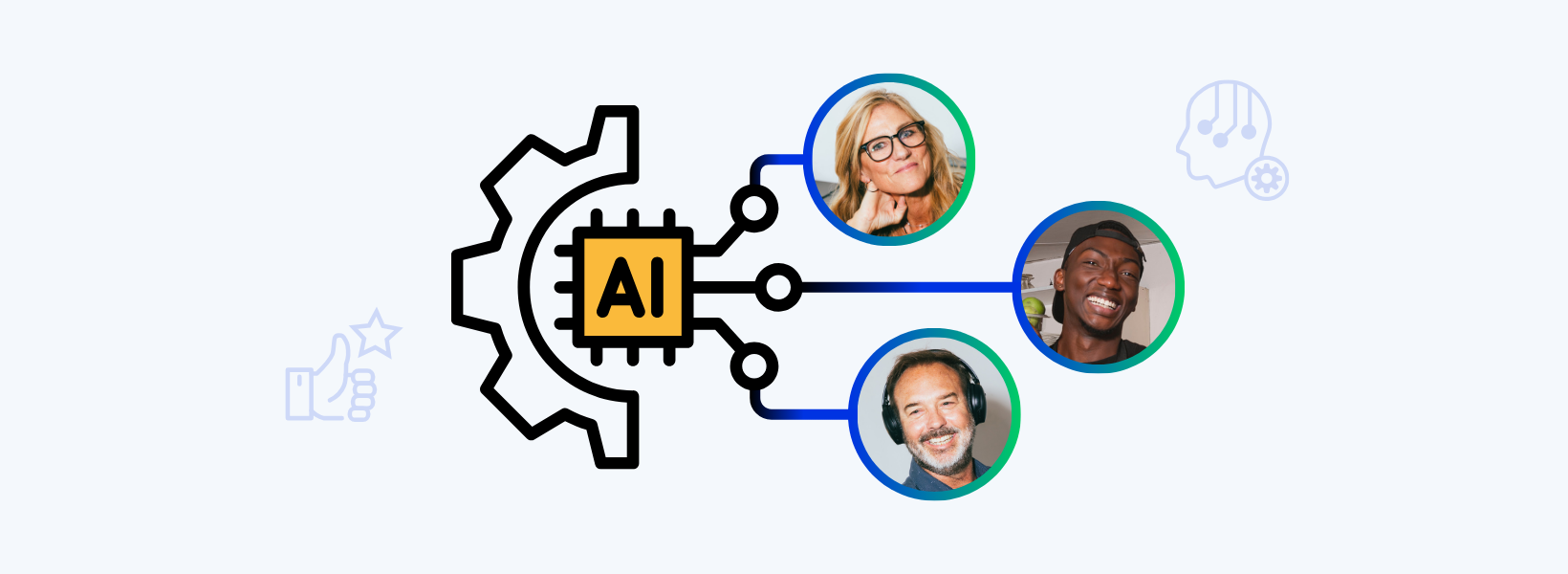Friction is everywhere in life, and it impacts us from the time we wake up until we go to sleep. But how can friction be defined? According to the Cambridge Dictionary, the word “friction” has two definitions:
- The force that works against an object as it slides along the surface of another object or moves through a liquid or gas; or
- A disagreement or dislike caused by people having different opinions.
From this, we can deduce that friction is a bad thing. Something that makes stuff go wrong or a disruption in the natural flow. From a business point of view, it can be assumed that friction is bad because it interferes with business processes and negatively impacts customer service.
Sadly, examples of friction in customer service are all around us:
- Having to queue in line to pay for a product or to wait for some service.
- Waiting a long time after sending a customer support e-mail or holding on the phone for hours.
- Repetitively being asked for the same information over and over when you get transferred from one agent to another.
- Captchas and irrelevant questions.
- Complicated and counterintuitive processes that make customers leave a website and decide on another simpler option.
Perhaps explained another way – friction is what keeps the customer from getting what they want instantly.
Friction Factors and Their Impact on the Customer Experience
All the steps that customers have to take to get completely satisfied (getting customer support, buying something online, etc.) can be thought of as friction.
For example, when a customer shops online there are a host of different friction factors at play:
- They have to sign up,
- Verify their e-mail,
- Register the payment method,
- Choose the delivery address,
- Pass a captcha (or even a re-signing requirement) and on top of all this,
- The customer still has to wait for the delivery.
Often, the objective of the customer is to acquire a service or product in the fastest way possible, so everything that gets in the way of that is friction. However, some friction can never be eliminated. All kind of businesses will have a bit (or a lot) of friction, and often, the most we can do is to reduce it or manage it to make for happier customers. Friction can be made to feel more fluid and comfortable.
Powerful live chat software
Offer real-time, personalized, efficient support that your customers and agents will love at 1/3 the cost of voice support.
Learn more
Comm100 Live Chat
Why Friction Happens
Even though friction at first sight can seem detrimental, in many cases it can be transformed into something positive. The key point to note with friction is that it is sometimes necessary. A great example is the common wheel. If there was no friction between a wheel and the road, cars would simply not move. Now, while friction in customer service is not as critical, there are times when it’s necessary for a customer to wait. However it’s possible to look for ways to entertain them thinking about another thing to make their wait time go faster.
The following are just examples of how friction in the workplace can be managed:
- Magazines or a TV in a waiting room.
- Promoting products that can catch the customer’s attention while waiting in line, like candies, chips or anything that they can see, touch and read.
- Comfortable chairs.
- Opened windows.
What is friction when it comes to customer experience in live chat?
The Experience of Chat
According to a survey by Econsultancy, live chat is the preferred service channel for customer service. This, in part, is because ideal CX is all about instant answers and a friendly human that replies without wasting the customer’s time. Our 2019 Live Chat Benchmark report has shown that the customer satisfaction rate for chat has increased by 2.42% in 2018 compared to 2017.
It sounds incredibly simple, yet so many businesses have trouble with customers when it comes to live chat. What customers want is to solve their issues and keep on going with their day. Instead, they come across counterintuitive software, long wait times and below par customer service. Bad customer experiences lead to disappointment and a high churn rate.
When Dimensional Research conducted a survey on the long-term impact of excellent customer service, they found that 62% of B2B customers and 42% of B2C customers purchased a product after having a good customer experience. The scary fact is that the number of those that stopped buying after a bad experience are even higher, with 66% of B2B customer and 52% of B2C choosing to move to another vendor. Not only that, dissatisfied customers are more likely to tell others about their bad experience, creating a negative impact on the brand’s reputation.
Reducing Friction
Excellent customer experiences lead to a loyal client base and improved business prospects. As such it’s essential to make every effort to remove friction from the user experience. Here are some ideas to manage or reduce friction in customer service:
- Ensure that you’re not introducing any unnecessary steps in the process. Use tools like customer journey maps to view all of the different touchpoints the customer will have with your organization and ensure that they are as simple as possible.
- KYC (Know Your Customer) is critical in ensuring that your business is focused on what’s important to your customers and not building products or services that do not meet this need.
- Train your reps to be concise, fast and empathetic. You need to focus on ensuring that your team has the knowledge they need to provide the customer with the most effortless experience possible.
- Focus on the metrics that matter to your business. Amazon, for example, tracks the “non-resolution rate” to truly understand the issues that are causing customer dissatisfaction.
- On checkout pages, offer product reviews to help reinforce the buyer’s trust with your business, product or service.
- Improve your omnichannel experience by ensuring that customer information is shared amongst all of your teams and the business.
Building a Frictionless Experience
The best way to determine the causes of friction is actually through your customer interactions. If you’re ready to remove friction from your customer’s experience, you need to invest time in learning about them and paying attention to their actions. Eradicating friction completely might not be possible. However, it can be reduced dramatically by focusing on a couple of key attributes in your products and services.
- Value Delivered – A common cause of friction is price pressure. All businesses exist to make a profit; however, when customers perceive that they have been victimized, or receive sub-par service for the price paid, it causes friction. Customers expect to pay a premium for a premium product, and they expect to receive a level of service commensurate with that cost.
- Things Should Work – No one makes a purchase hoping that it will break immediately afterward, however there are stories everywhere about products failing right at or shortly after the warranty period ends. This often causes friction and dissatisfaction as customers purchase a product for a reason. While all products are not expected to perform at a six-sigma level of efficiency, the general expectation is that a product should reliably meet its advertised specifications.
- Trustworthiness – Google’s mantra of “Don’t be Evil” might no longer be in place at the search giant, but at least it’s parent companies code of conduct is still refreshingly clear with “do the right thing” prominent. Trust plays an incredibly important part in our online world, and at its simplest, it could be doing what you say you are going to do! Customers want to trust the business they are providing their information to and with so many issues in recent years, this is possibly one of the hardest areas to remove friction. Fortunately, this is one area that live chat can help address.
In Conclusion
It’s impossible to get a completely frictionless customer experience, but it can be managed to preserve the good experience for the customer and the company brand. Investing in good software, intuitive platforms, easy to navigate websites and training customer service representatives is the way to go when it comes to achieving success.
Live chat has proven to be the preferred channel for support, and this will only increase as it’s one of the communication methods with the least amount of friction. Put the ideas above in action and tell us your insights in the comments below!
Download now: Improve Your Customer Experience: An Action Plan for CX Success
This eBook contains best practice tips from the CX field, encompassing methodologies like Six Sigma to ensure your pathway to customer experience improvement is clear and straightforward.
Download Now
eBook








